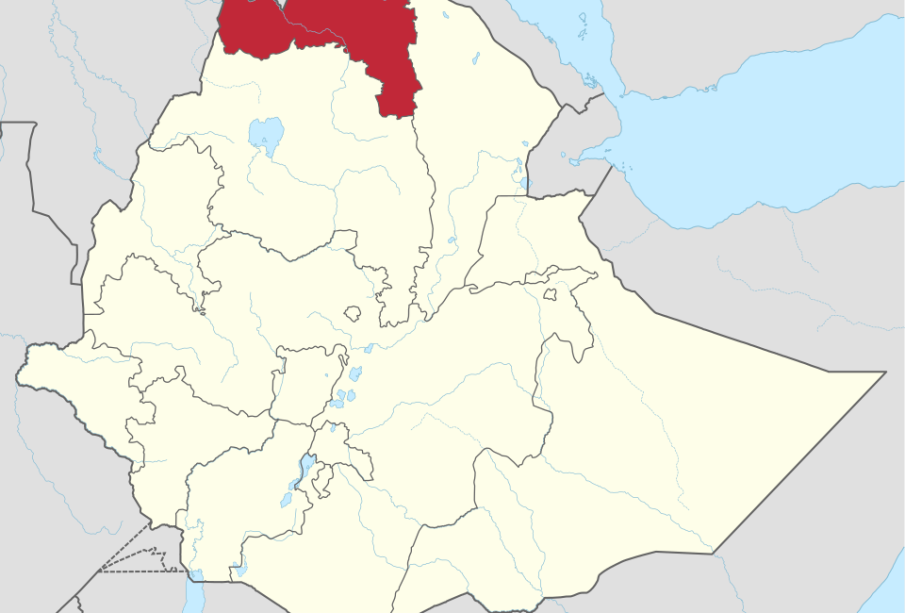Tigray Conflict: Recent Developments and Impacts

Introduction
The Tigray conflict in Ethiopia has drawn international attention since its onset in November 2020, leading to severe humanitarian crises and geopolitical ramifications in the Horn of Africa. This conflict primarily involves the Tigray People’s Liberation Front (TPLF) and the Ethiopian federal government. Understanding the latest developments in Tigray is pivotal for comprehending ongoing regional stability and humanitarian efforts in the area.
Background and Current Situation
The Tigray conflict began when the Ethiopian Army launched operations against TPLF leaders, accusing them of orchestrating attacks on federal troops. Over the past year, the conflict has escalated into one of the worst humanitarian crises of our time, with millions displaced and widespread famine reported. Recently, in November 2022, a peace agreement was negotiated between the Ethiopian government and TPLF, leading to a relative decrease in hostilities.
However, while the ceasefire showed promise for rebuilding efforts, sporadic violence and tensions remain in the region. Recent reports from various humanitarian organisations indicate that although aid access has improved, many areas are still facing dire conditions due to destruction of infrastructure, ongoing economic challenges, and hostility among local factions.
Humanitarian Impact
The impact of the Tigray conflict has transcended mere military concerns. According to the United Nations, approximately 2 million people have been displaced internally, and over 5 million require urgent humanitarian assistance. The region has been gripped by famine conditions, with many families facing starvation. Aid agencies have emphasised the necessity of sustained humanitarian access to prevent further loss of life.
International Response
International responses to the Tigray conflict have included sanctions and calls for accountability from various world leaders. The African Union has been involved in facilitating dialogue between conflicting parties, while Western nations have expressed concern over human rights violations. Various countries are monitoring the ceasefire’s implementation, hoping it leads to a more stable and just resolution.
Conclusion
The ongoing situation in Tigray remains complex and fraught with challenges. As the world watches, it is crucial for stakeholders to remain engaged, advocating for humanitarian access, and supporting peacebuilding initiatives. The future stability of Ethiopia and the broader Horn of Africa depends significantly on the successful resolution of the Tigray conflict. Heightening awareness and addressing the humanitarian needs is imperative for restoring peace and rebuilding affected communities.









